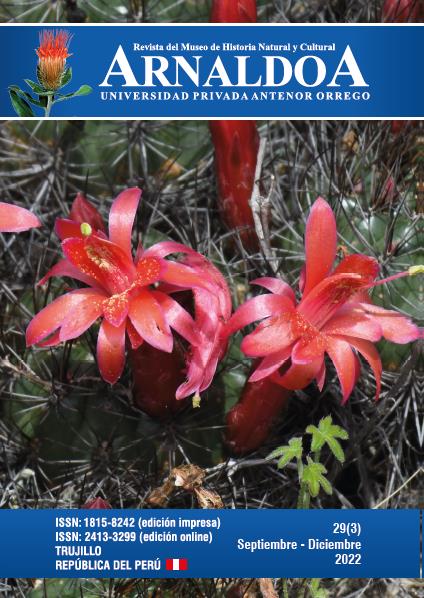Selective removal of lead present in tailings using nanodendimers of humus, compost, humic acids and fulvic acids pure
DOI:
https://doi.org/10.22497/1686Keywords:
Selective removal, Complexation, Lead, NanodendimersAbstract
Mining tailings are the main source of contamination of water resources due to the presence of heavy metals, which impact ecological systems and human health; Therefore, the implementation of innovative techniques that help mitigate the impact generated by
these pollutants, such as lead, is urgently needed; Hence, the objective of this research was to evaluate the selective removal capacity of lead present in mining tailings using nanodendimers of humus, compost, humic acids and pure fulvic acids. A system of humus, compost, humic acids and fulvic acids was implemented to filter a solution of 200 ppm of lead obtained from a sample of mining tailings from the Samne area (La Libertad Region, Peru) that contained 3399 ppm of lead. lead. Then, the concentration of Pb in the filtrate of each system was determined using the atomic absorption spectrophotometry technique. Through this analysis, it was obtained as a result that Pb was removed by the nanodendimers present in the chemical structure of the organic materials used, concluding that the highest Pb removal capacity was performed by pure humic acids with 93,35% and fulvic acids with 44,85%, while the lowest removal was represented by humus with (9.20%) and compost (6 .35%).
Downloads
Download data is not yet available.
Downloads
Published
2023-02-13
Issue
Section
Artículos originales
License
By submitting a paper to the journal, it is understood that the authors agree to transfer the publication rights to the journal once it is accepted.
It is permitted to share and adapt the contents of this journal in any medium or format always if the original source is properly cited and there are not commercial purposes.







